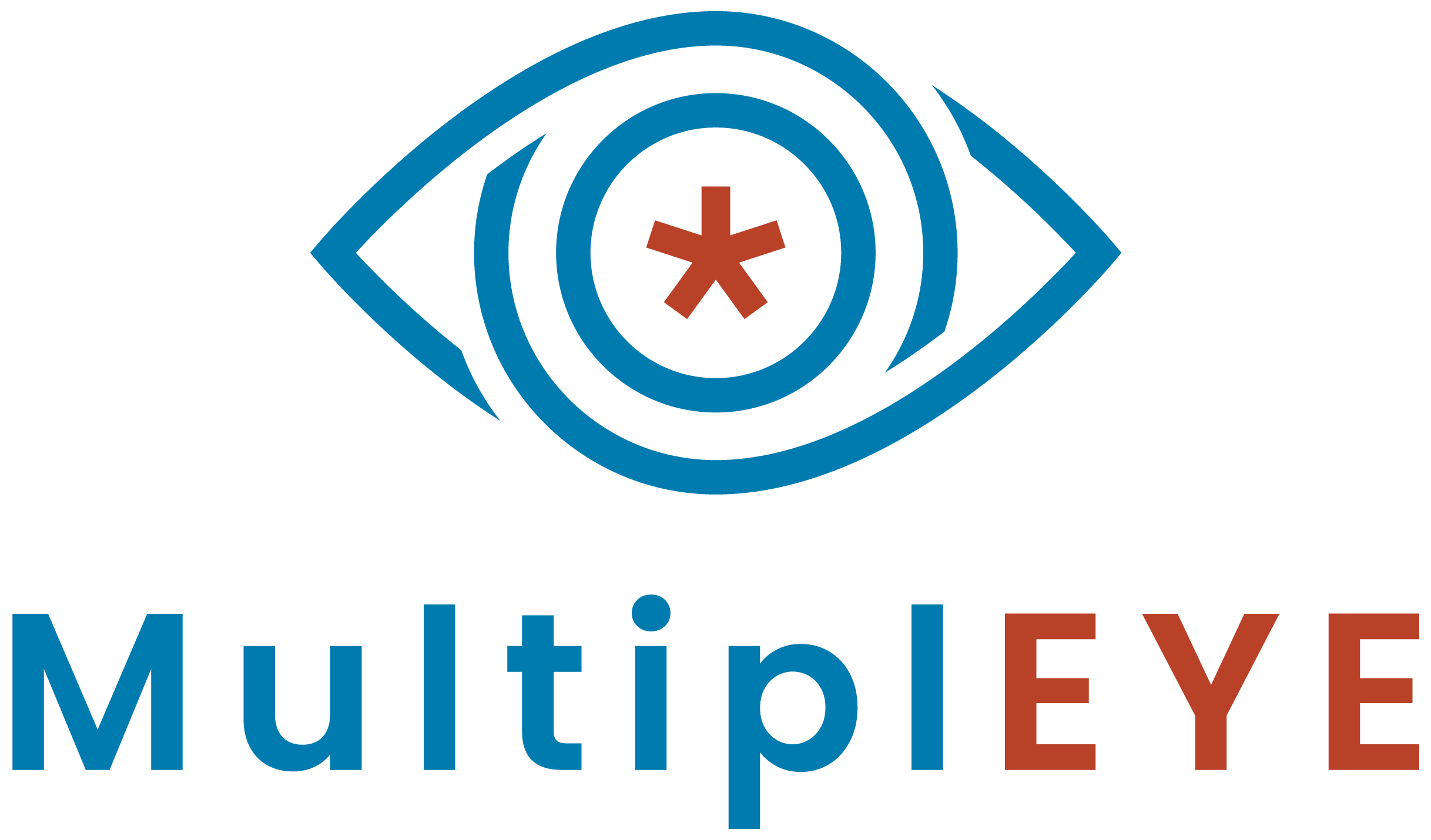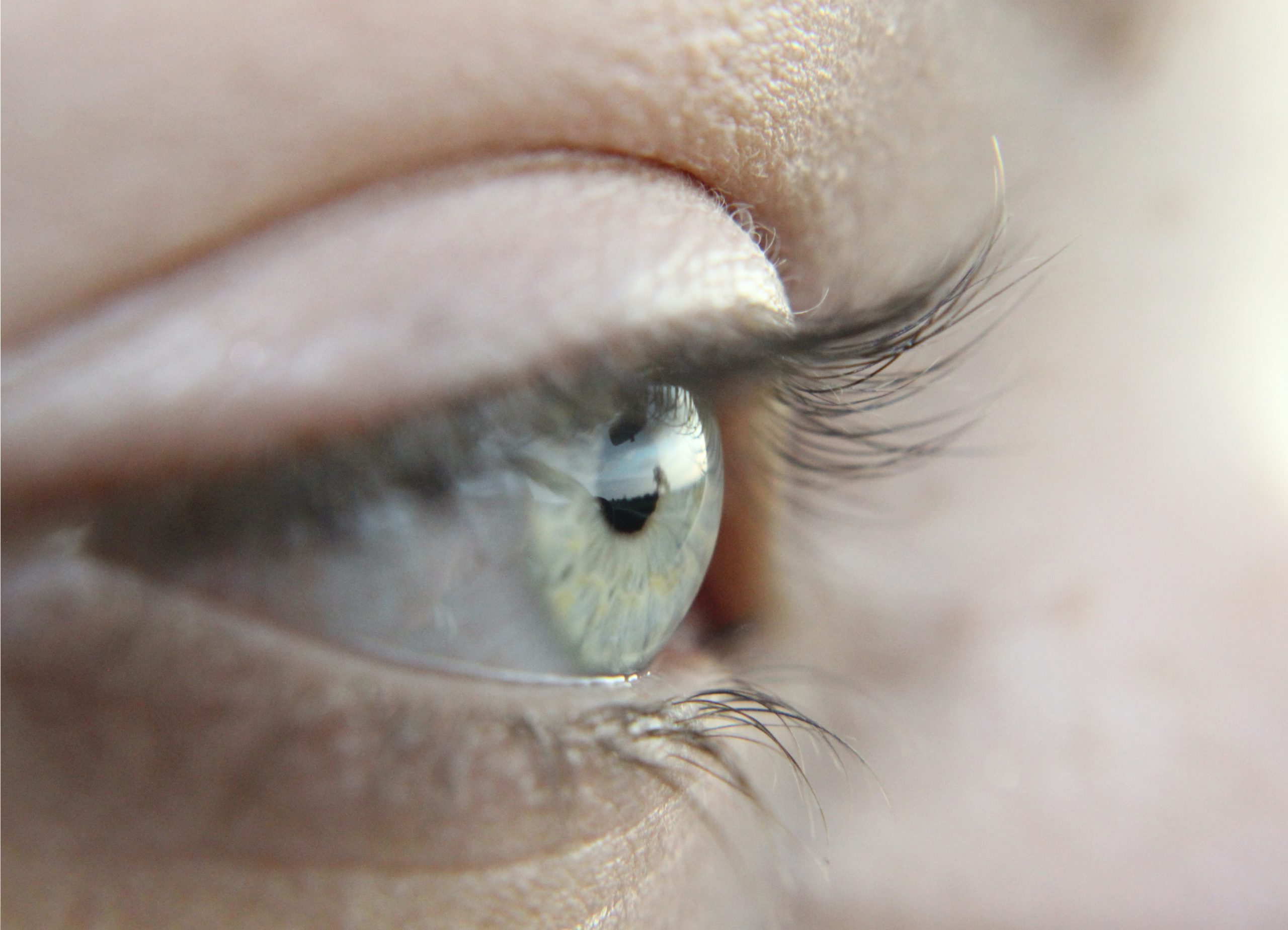About MultiplEYE
The MultiplEYE COST Action aims to foster an interdisciplinary network of research groups working on collecting eye tracking data from reading in many languages. The goal is to support the development of a large multilingual eye tracking corpus and enable researchers to collect data by sharing infrastructure and their knowledge between various fields, including linguistics, psychology, and computer science. This data collection can then be used to study human language processing from a psycholinguistic perspective as well as to improve and evaluate computational language processing from a machine learning perspective.
The MultiplEYE COST Action has three core goals:
1. To provide a platform for discussing the desiderata and reaching a common ground between psycholinguists and computational linguists for a multilingual eye-tracking and self-paced reading data collection. This includes developing and reaching a consensus concerning experiment design, stimulus selection, stimulus layout, experimental procedure, and data preprocessing.
2. To enable discussions on the psycholinguistic research questions that can be addressed with multilingual eye movement data and providing a broad network to initiate collaborations focusing on cross-linguistic and multilingual projects.
3. To advance the natural language processing and machine learning applications that leverage eye-tracking data and improve their cross-linguistic generalization abilities by bringing researchers from psycholinguistics and computational linguistics closer together.
Upcoming Workshops and Events
IndiREAD Workshop 2025
Gaze4NLP
Recent Updates
-
STSM Testimonial: Eye-tracking data collection for Slovenian Language
Ana Žužul is a Master of Speech and Language Pathology from the University of Zagreb with a strong interest in psycholinguistics, bilingual language processing, and developmental language disorders. She currently volunteers at the Laboratory for Psycholinguistic Research (POLIN) in Zagreb, where she is involved in collecting eye-tracking data for the Croatian language. During her Short-Term
-
STSM Testimonial: Data Collection for Albanian Language
Alba Haveriku is a third-year PhD student in the Faculty of Information Technology, Polytechnic University of Tirana. Her research work lies in the intersection of natural language processing and eye-tracking, focusing on her native language , Albanian.
-
STSM Testimonial: Data collection at Saarland University
Ema Marušić is a first-year PhD student at the University of Zagreb, specializing in psycholinguistics. She has been actively involved in data collection for the MultiplEYE project in Zagreb since the beginning of the data collection phase. Her Short-Term Scientific Mission (STSM) focused on conducting data collection at the host laboratory of Saarland University.
Subscribe to the MultiplEYE Newsletter
Please send an email to evistrandafili@unyt.edu.al to subscribe to our newsletter.
Your email address is used solely to send you our newsletter and information concerning our activities (3–4 times per year). You can unsubscribe any time by simply replying to the newsletter.
MultiplEYE members do not have to subscribe to receive the newsletter.

